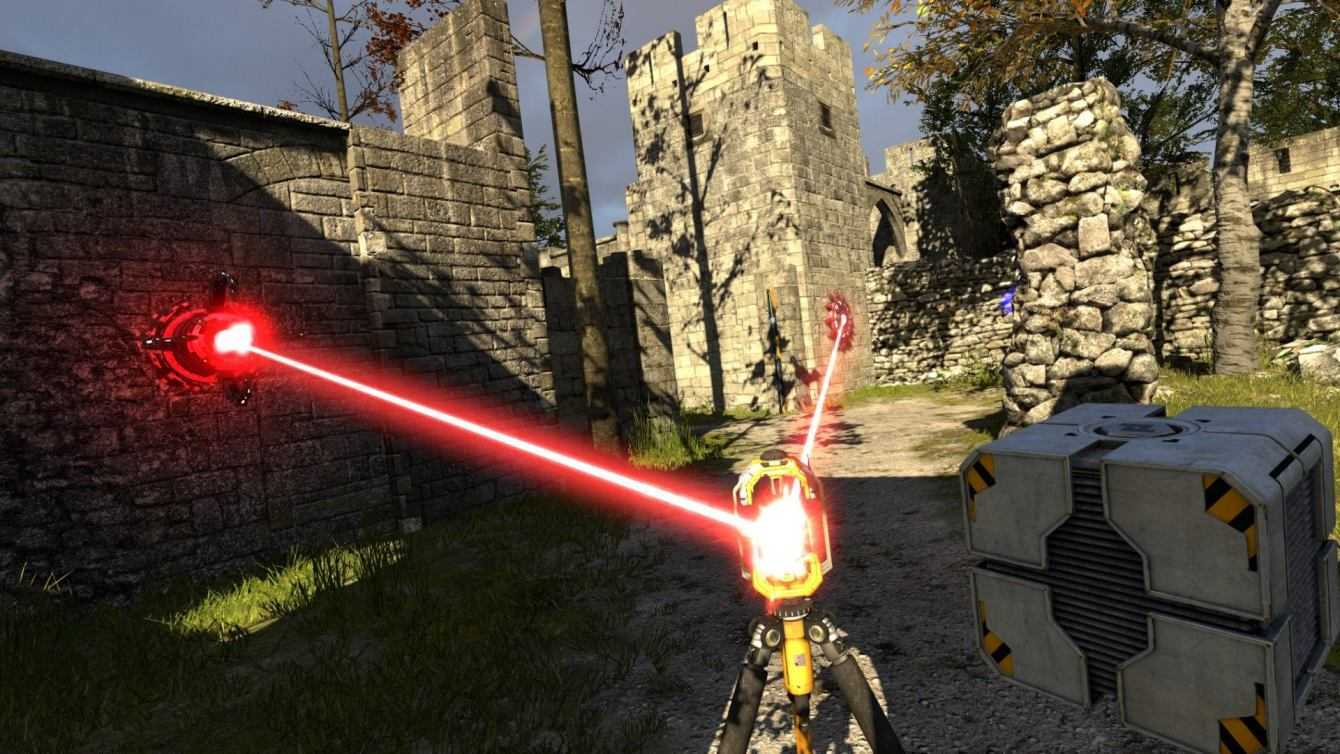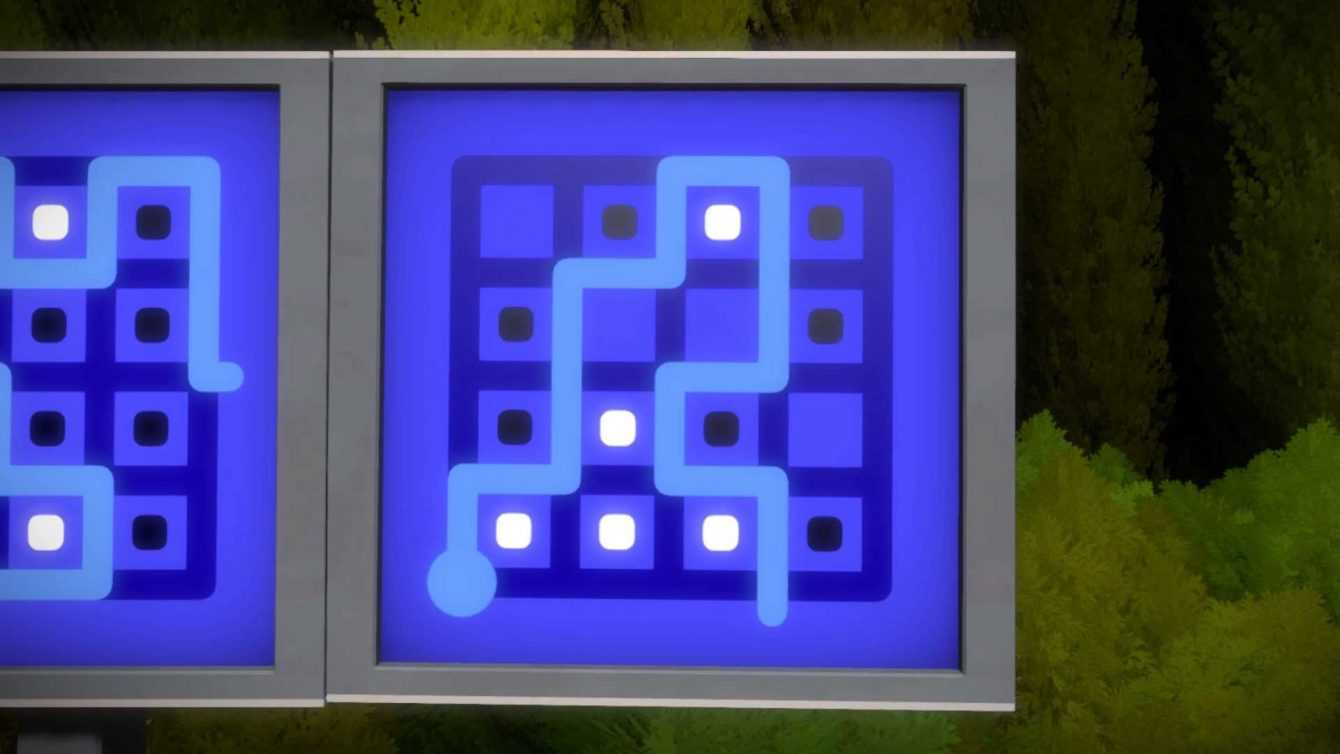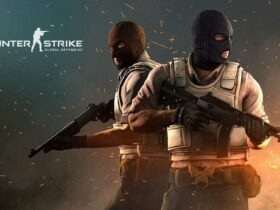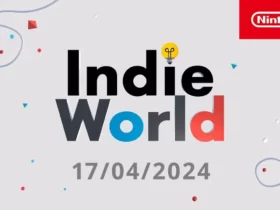The puzzle game is today a genre not always on the crest of the wave. This is why we go to rediscover the logic and poetry behind puzzle games
Puzzle games are a difficult genre to tell. This is because by their nature the narrative component is not explicit, it almost always serves to contextualize the progression of the puzzles that make up the levels. Consequently, the attempt to describe this genre in a critical way risks turning into an academic lesson in game design or puzzle design. The challenge therefore translates into giving a vision of it as much as possible modern and less linked to stereotypes. A vision who knows how to make a lot of logic underlying ai puzzle game how much of the poetry inherent in the particular language used. So let’s dive into this dimension playful, at the same time challenging e fascinating, which reveals a lot about the way video games communicate.
Icon, index, symbol
Indeed, it is theirs way of communicating, different from any other playful genre, to have seduced so much myself. Here, unlike other genres, not only the process of learning of the mechanics (the interaction), but also the real one resolution of the levels (the progression) is much more elaborate. Often, in fact, we are faced with a world devoid of interfaces which pushes us to interpret situations in a much more abstract way than more action titles. In fact, each puzzle game contains its own language made of objects, places, sounds and colors who have a precise communication code. From the line of The Witness to the Jammers of The Talos Principle, passing through the Portal portals, each of them interest its own relationship symbolic with the game world.

Definition – Puzzle game: logic and poetry
Starting with the historian Portal of 2007, arriving at the most recent The Witness, game acclaimed by the criticism, let’s philosophize about what makes puzzle games a genre from re-evaluate. For starters, let’s first see that What are in concrete the puzzle games and what them differentiate from other playful genres. Just so as not to get confused. They are defined as those games in which you have to solve a series of puzzles whose resolution is based on the problem solving.
There are several skills of problem solving required, from logical reasoning to pattern recognition, passing through spatial or linguistic visual skills. Although there are many titles that include sections of this type, for example in sequences or “mini games“In which you have to solve puzzles (environmental or not), but this is not enough to make them fit into the category. In puzzle games, these mechanics are in fact their “core gameplay”.

A simple example – Puzzle game: logic and poetry
Manipulation of objects, understanding of rules, logical thinking, models mental. Puzzle games contain a design complex. The question to be answered, however, is not simply how they work the puzzles, but above all what’s behind them originality, the creativity and the “wow” feeling of finding a solution. To answer this question, however, it is a must first to introduce some basic concepts. In this part, I will borrow several concepts from the YouTube channel Game Maker’s Toolkit.
We leave of mechanical. The latter establish how and with what we will go to to interact with the game world. From moving around the world touse of items, each mechanic can be categorized. Some of the mechanics can be derived rules. For example, in The Witness, from plotting a line within a square area, different rules can be derived by exploring the potential of the same mechanics. We can establish we imagine, the rule for which the line should to separate in its path white squares from black squares, as in the image here under. However, this is not enough to have a good puzzle game. It is indeed necessary to establish a situation that puts the player at the trial.

The trap – Puzzle game: logic and poetry
In the video titled “What Makes a Good Puzzle?”A feature is mentioned that helps make puzzles and riddles interesting. The puzzle design element that allows you to create this feeling of epiphany, or what makes a problem difficult and at the same time challenging and fascinating is what is defined as “the catch“. Catch we could amicably translate it as “the trap“. The player, after learning the mechanics and rules, observes and interacts with the level by making itself a mental idea of the procedure to arrive at the solution, or of the steps that constitute the algorithm of the puzzle. At this point, if the puzzle design is well contrived, you will meet a wall. Here, the assumptions, or hypothesis, of the player collide with experience. As two elements of the game come into contradiction logic with each other.
Let’s think, for example, of one of the puzzles of Portal. We have one brings activated by pressing a button / platform. The antinomy consists in the fact that, if we position ourselves on the platform to activate the door, we will not be able to cross it. At the same time, if we go out of it to go through the door, this one will will close. This design strategy also takes advantage of the player’s assumptions consolidated into levels passed. If we have learned that to solve the problem it is enough to place a cube on top of the platform to keep it open, we could create a next level in which the same logical contradiction persists, but without the presence of the cube. To solve it, one could program opening the door only after standing on the platform for a certain time period of time.

Not just progression as an end in itself – Puzzle game: logic and poetry
I’m this kind of contradictions logics that create the Magic in the puzzle game. Situations in which, to continue, it is necessary reconsider the functioning of the mechanics (the cube from before), or review your actions from another point of view space, or even trying to recombine your sequence of steps into a different order. In other words, this type of game design pushes the player to be creative, to use lateral thinking, “thinking outside the box”.
For all intents and purposes, however, puzzle games can be a lot of more than simple collections of puzzles and riddles. This happens when they succeed, not so much in communicating the solution of the single level, as to to express a real message basically. That is when, through the progressive discovery of the game world, level after level, you create a bond between game designer and player. The message is there, when the latter is brought to to change his point of view on the world and to understand the author’s will (attention, not to adhere).

This usually coincides when the game features a storytelling, implied or not, which is not limited to mere mere world building, but which instead has something to say, let’s say a morality or an orientation value. Another title that places the player in this position is Superliminal. The game is based on solving puzzles that have to do with perspective and, while not presenting particularly puzzles complexes, they gradually immerse the player in the fantastic e surreal contradictions of the realm of the unconscious and the gods dreams.

Hal 9000, or almost – Puzzle game: logic and poetry
To establish instead of counterexamples, while Superliminal admirably fulfills this type of poetic communication, on the other, The Turing Test stands as a puzzle game that fits perfectly in the canons of ordinariness. The Turing Test, despite the high number of mechanics introduced (from cameras to controlled robots), allows the resolution of all its puzzles simply forcing the system. There is not a single level in the game that changes the player’s perspective.
All, or almost all, of the hypothesis based on its operation on empirical observation of the levels can be seen come true at the very moment they are put in practice. In essence, The Turing Test is a title that it adds nothing in addition to the puzzles themselves, even if it maintains its own, albeit minimal, poetic. In fact, the game reinterprets in a fairly direct way the same theme linked to the artificial intelligence of 2001 A Space Odyssey, with the evil AI that disobeys to humans to safeguard them. From this it is clear that the game lacks that quid more.

A commitment that paid off
In short, as we have seen, to design a puzzle game that presents a certain level of originality it is not at all simple. However, there isn’t a right or wrong, there are simply titles that work better than others. Often, when you think about the puzzle game you immediately think of the logic and never to poetry that could be hiding. The myth of rationality represents only half the truth. In fact, if on the one hand we have elements formal, like the mechanics, the rules or even ours trap, on the other hand, there are elements so to speak semantics. That is, elements concerning the relationship between game designer and player, the sense and the underlying message of the video game. Being able to make a puzzle game that is not limited to succession of puzzles as an end in themselves, but which, in addition to this, manages to reach one of its own philosophy of thought, it is not so immediate. When this happens, as in the case of The Witness, here is that Magic is fulfilled.
To buy securities in Discount, go to our Instant Gaming link! For more news, reviews or specials, follow the pages of TechGameWorld.com.















Leave a Reply
View Comments